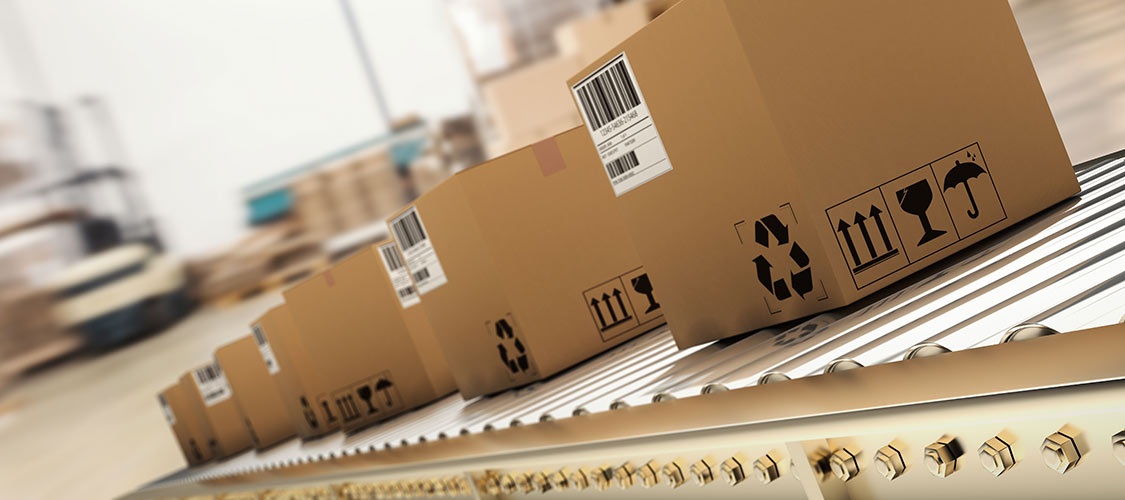You’ve survived your first year to two of scrambling, and with an immense amount of work and a little luck your company has traction, and sales are growing. You’ve started ramping up manufacturing and production offshore, and are even considering (or always had) international markets to break into. The word “growth” is getting thrown around a lot, and that’s freaking awesome.
Now in your free time (ha!) you need to start looking at potential risk areas you’re not thinking of: things that could trip you up as you scale production, distribution, and customers. So to help in this endless quest, let me offer 3 areas of logistics that you’re not thinking about (and should):
1) Take international freight to the next level
If currently have international freight, whether air or ocean, then you need to be able to answer a few basic metrics: how much are spending a month and on which modes? What is your freight per unit cost? And how are your rates performing against market?
If you can’t answer all of these questions in one email to your team, then ding ding ding – we have a red flag. Most startups, on average, pay 30% more on freight than their well-managed enterprise equivalents. Why? Various causes of course, but most of it comes down to poor processes (through little fault of their own) – fast growth builds easy, but not usually cost effective, processes.
2) Put a Bid Process in Place
When scheduling multiple freight moves to different locations you need to look at the process like purchasing an airline ticket. Depending on hubs, time of year, demand, phases of the moon, etc. the prices can vary drastically between carriers. The same goes with freight.
How do you manage this? A bid process, of course. You need to have a process and, wait for it, technology in place to help you manage this. The exact details of the process will need to be built with your team in mind, but suffice it to say the process will help ensure that you are getting multiple quotes for every shipment.
3) Deploy Technology to Manage and Track Freight Separately
Freight is expensive, and the most frustrating part is that this cost is often buried in other, equally large line items. Vendors love to provide “all in” or “landed” costs when selling products, which are great from a simplicity standpoint, but murder when it comes time to understand what you’re paying for services (like shipping) vs. the actual product.
Start breaking freight costs out for everything – RFPs, Invoices, etc. And if vendors tell you “shipping is free” then run (remember: Shipping is Never Free). Then, once you have these costs broken out, apply the first rule to them and include the numbers in your metrics. If they’re not meeting the metrics of your other areas, tell the vendors to remove that cost from your pricing, and manage the freight yourself.
This may sound crazy, but it is how all the major Fortune 500s manage freight, and it’s not hard, but you have to start early and get the right technology in place!
More About Boxton
At Boxton, we’re building the future of logistics by automating best in class processes through easy to use management software that keeps team’s moving forward, without overspending. We’ve built our platform and methodologies on the core belief that shipping should be easy, for everyone – and nothing on your invoice, should ever be a mystery.






